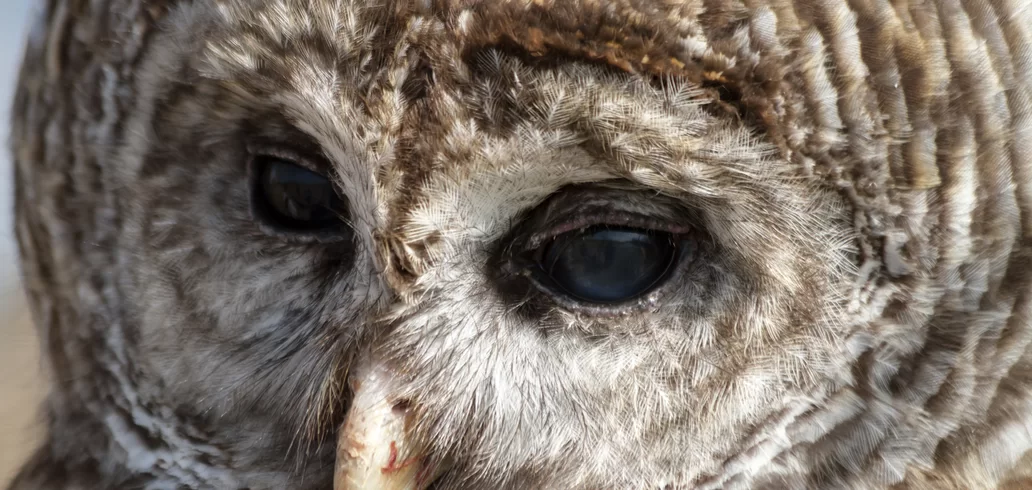News
Anasazi 'calendar' rock carvings discovered in US
Advertisement
Anasazi life
The Anasazi, also known as the Ancestral Puebloans, were an ancient indigenous civilization that inhabited the southwestern United States, in areas that now comprise parts of Arizona, Colorado, Utah, and New Mexico. They flourished primarily between 200 BCE and 1300 CE, with their peak occurring between 800 and 1300 CE.
Anasazi life centered on farming communities, many of which were built in semiarid areas where water was scarce. They developed sophisticated irrigation systems to grow corn, beans, and squash, which were the staples of their diet. In addition to farming, the Anasazi also hunted, gathered wild plants, and fished in nearby rivers and streams.
Anasazi communities built impressive stone structures, including cliff dwellings like those found at Mesa Verde and Chaco Canyon. These dwellings, often called “pueblos,” were built of adobe or stone blocks and ranged in size from small homes to large apartment complexes.
Anasazi society was organized into a series of villages and towns, each with its own social and political structure. Religion played an important role in daily life, with ceremonies and rituals performed to honor the gods and ensure good harvests.
Around the end of the 13th century, many Anasazi communities began to abandon their homes and disperse throughout the region. The reasons for this abandonment are still debated by archaeologists, but factors such as climate change, internal conflicts, and external pressures may have played a role.
Despite the disappearance of the Anasazi communities as cohesive entities, many of their descendants continued to live in the region and maintained various aspects of their culture and traditions to the present day. The Anasazi ruins are now sites of great archaeological and cultural importance, offering valuable insights into the history and development of the ancient civilizations of the southwestern United States.
Search for new information
It’s fascinating how new discoveries can emerge, often thanks to the knowledge and wisdom passed down from local communities. The story of the Anasazi is a vivid example of how collaboration between researchers and community members can lead to significant advances in understanding the past.
The rock carvings found, suggesting the use of panels as astronomical calendars and sites of ritual celebration, offer valuable insights into the complexity of Anasazi society and its relationship with the cosmos. The ability to observe and record important astronomical events not only reflects a deep understanding of the natural environment, but also indicates the importance of these events in cultural and religious contexts.
The classification of some of these monuments as World Heritage Sites by UNESCO highlights their importance not only to regional history, but to the global understanding of cultural diversity and the heritage of humanity. Each new discovery allows us to glimpse a little more into the lives and achievements of ancient civilizations, enriching our knowledge and appreciation of the human past.
Trending Topics

Is it true that rubbing your eyes can cause keratoconus?
Find out if the habit of rubbing your eyes is related to the development of keratoconus, a serious eye condition.
Keep ReadingYou may also like

Open positions that pay between $17 and $36 per day
We'll show you the top booming sectors in Germany, based on labor demand and average daily and monthly wages.
Keep Reading


